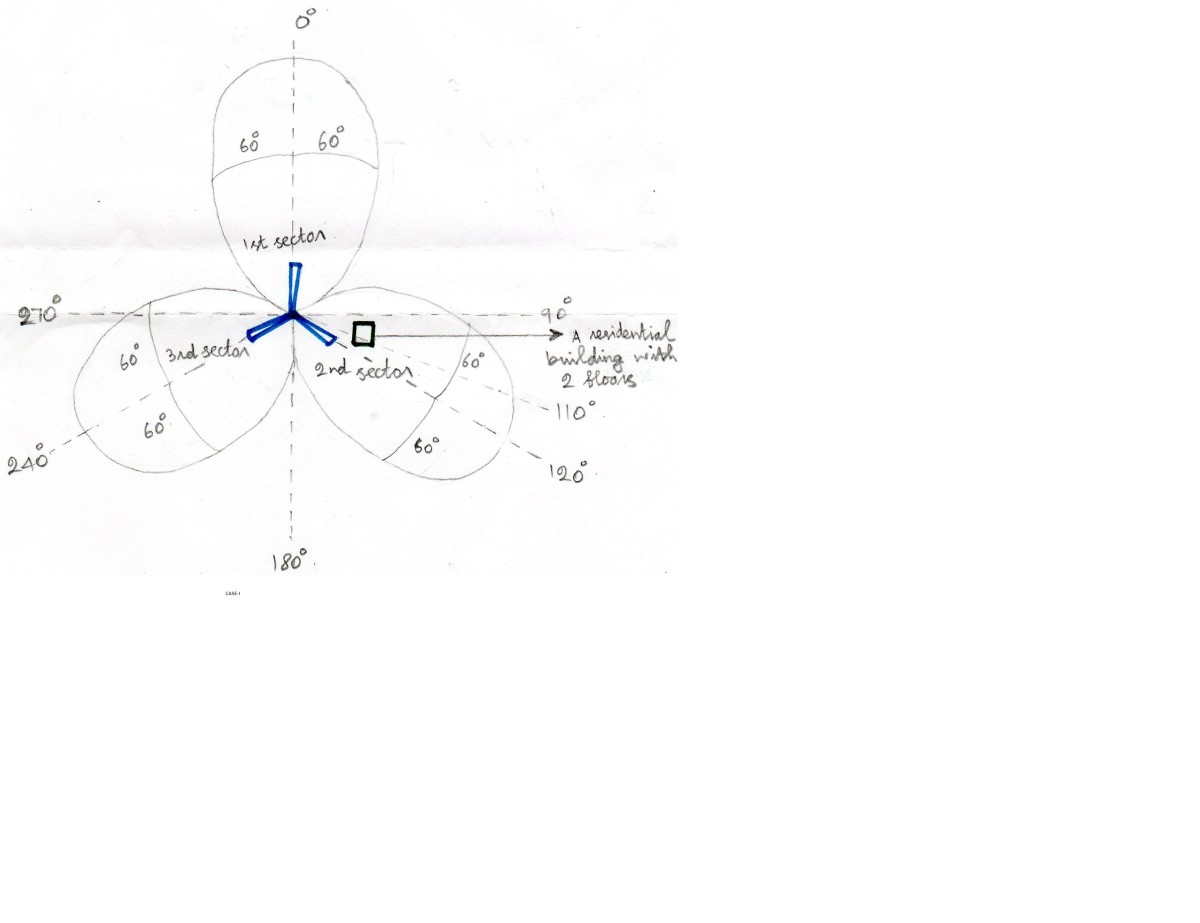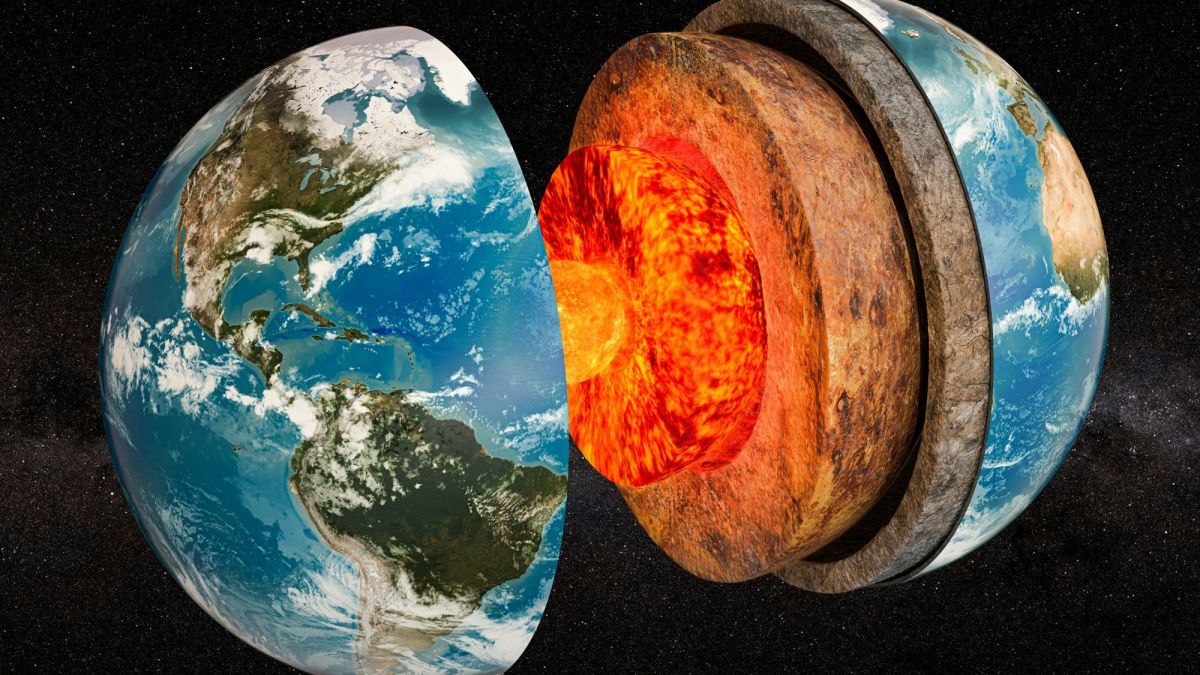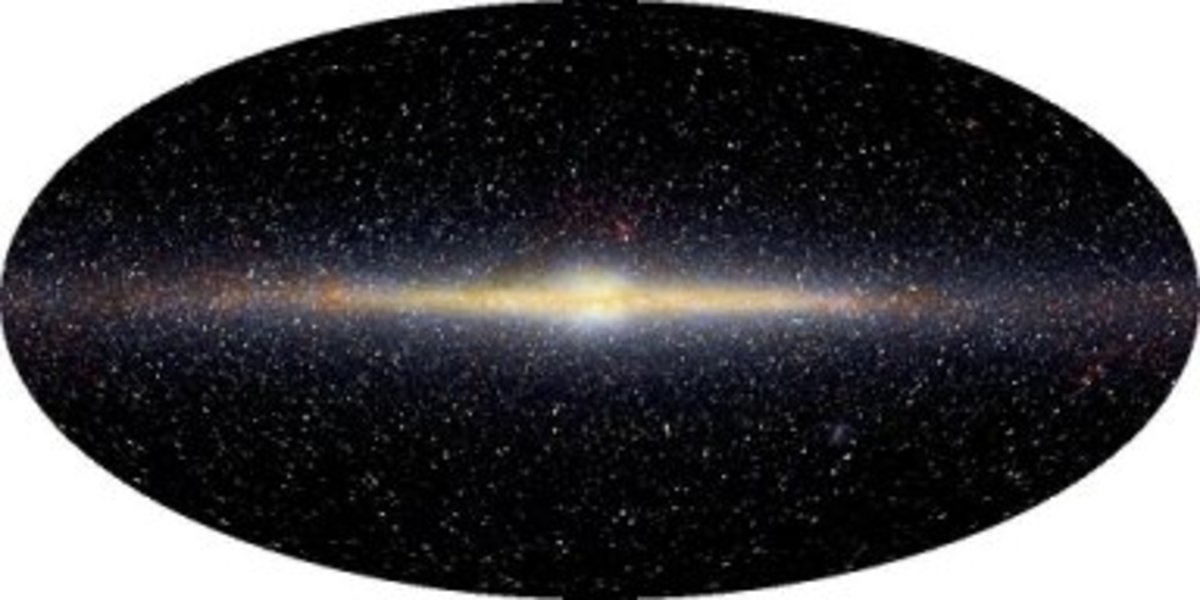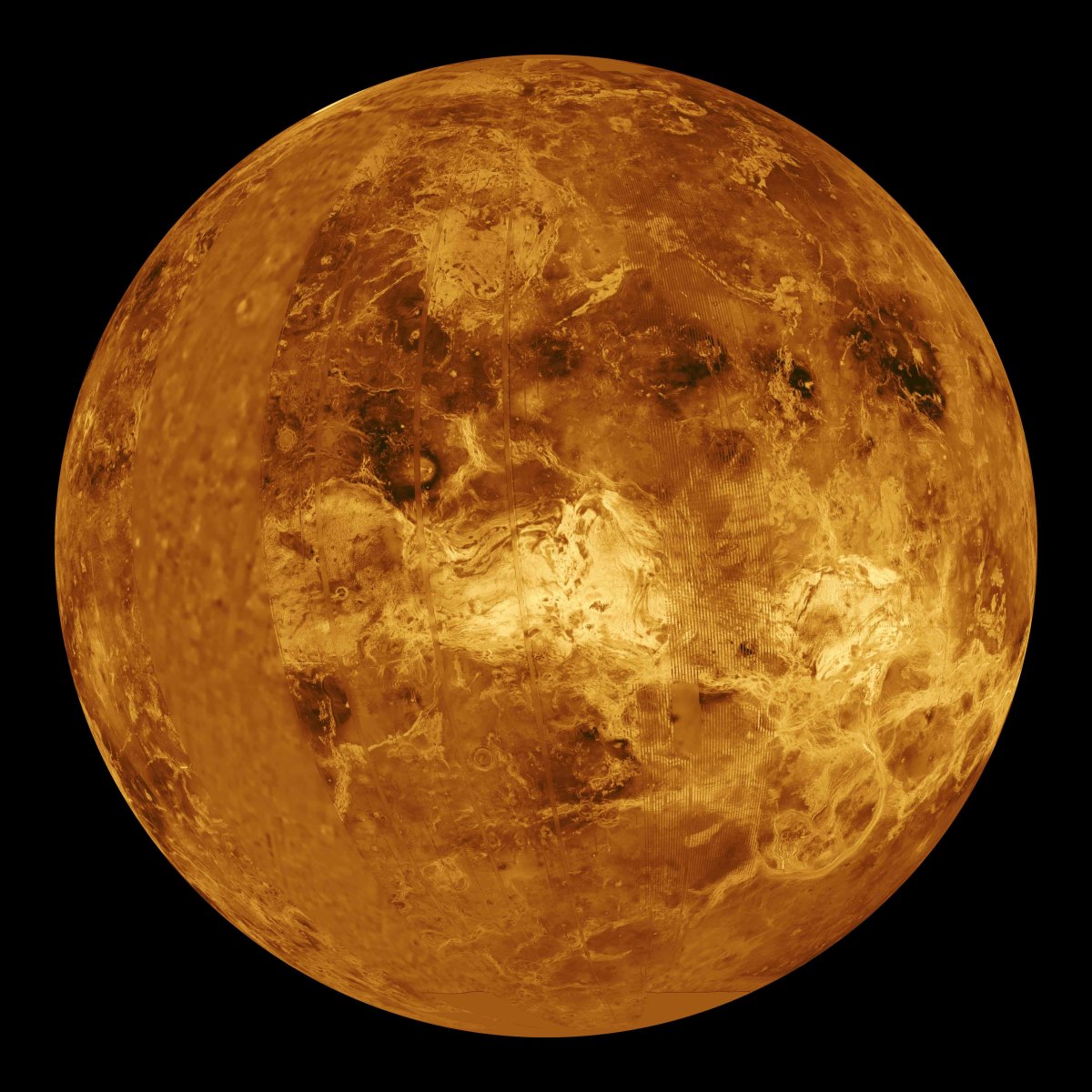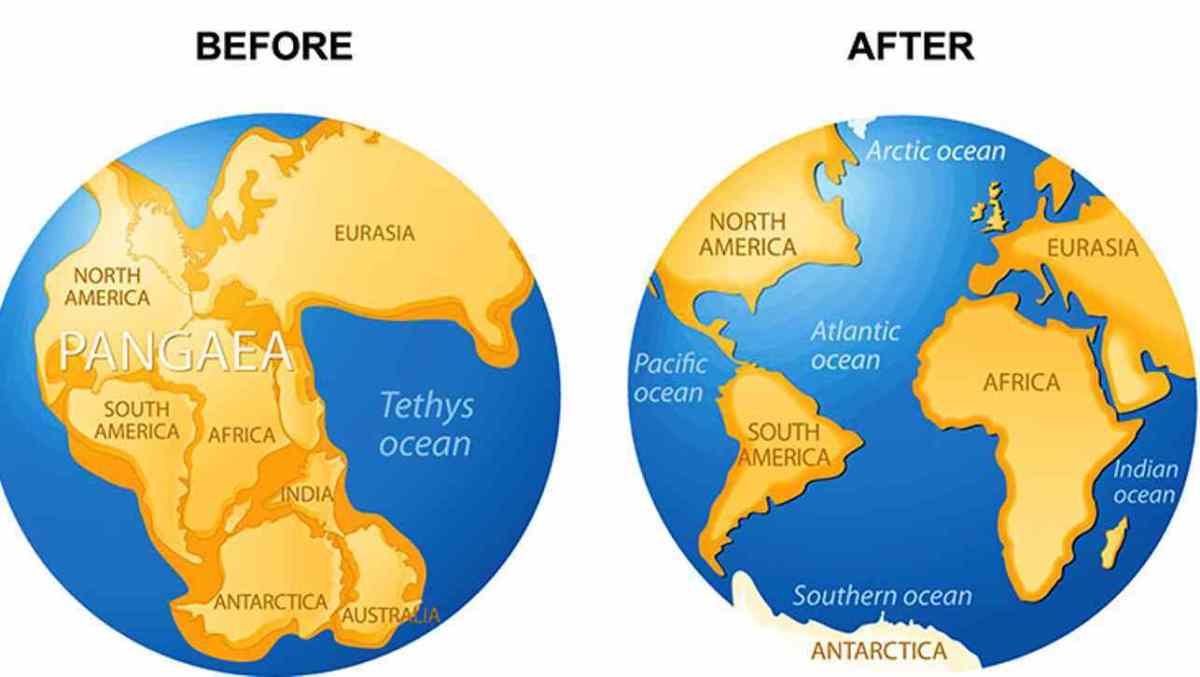Distribution of Temperature
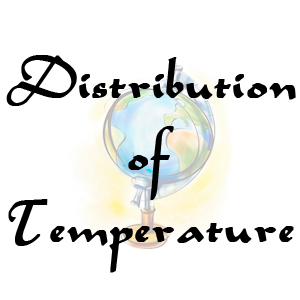
The sun is continuously radiating heat energy into space. This energy is known as solar radiation. Of the total radiant energy received on the outer surface of the earth's atmosphere only less than half reaches the earth's surface. The heat is lost in its way either by scattering and reflection or by absorption by water vapor and ozone etc. The incoming solar radiation received on the earth's surface is known as the insolation. The amount of insolation varies from one place to the other under the influence of the factors such as the latitude of the place, the nature of the surface and the duration of the sunlight. Vertical rays of the sun in lower latitudes are more effective in heating the surface of the earth than the oblique rays in higher latitudes. Also in general the insolation over the oceans and lakes etc. is more effective than over the land masses and over the snow surfaces.
The total annual insolation is maximum near the tropics and at the equator and goes on decreasing towards the poles. The radiant energy which passes through the atmosphere does not appreciably heat the atmosphere on its onward journey. This is so because the incoming radiation from the sun is in form of short wave radiation and the atmosphere cannot absorb the short wave radiation. Instead the earth absorbs the insolation and radiates this energy to the atmosphere in the form of long wave radiation which is absorbed by the water vapor and the carbon dioxide in the atmosphere. Thus the atmosphere receives heat energy second hand via the earth surface. The radiation emitted by the earth is known as terrestrial radiation.
So the atmospheric temperature is highest not at 12 noon but around 2 p.m. The other processes by which the atmosphere gets heated are convection and advection. The transfer of heat from warmer parts to the cooler parts by the movement of heated particles moving upwards in the atmosphere is called convection. The process of horizontal transfer of heat by winds is known as advection. These factors affect both the horizontal and the vertical distribution of temperature. The horizontal distribution of temperature is governed by latitude, relative distribution of land and sea, winds, ocean currents etc. The horizontal distribution of temperature is shown on a map by means of isotherms. They are the lines joining places with an equal temperature. The line of the highest mean annual temperature is called the mean thermal equator and it is situated slightly north of the geographical equator.
The atmosphere is heated mainly from below. Therefore the lowest layer of the atmosphere in contact with the earth's surface is the warmest and the temperature decreases as the height increases. Occasionally the temperature in the lower layers of the atmosphere is I found to be increasing with height in stead of decreasing. Such a condition is called the inversion of temperature. The inversion may occur when the surface of the earth cools rapidly during long winter night and the air coming in contact with it becomes colder while the air in the upper zone of the atmosphere is still warmer and has not lost all the heat received during the day. The inversion may also occur when an air mass blowing over a very cold surface such as a snow filed blows over a comparatively warmer area and the warmer local air is uplifted by the invading colder air. This happens due to advection from colder to the warmer regions. This phenomenon is observed in mountain valleys also where the air on the upper slopes gets cooled very rapidly at night and the cold air descends down the valley side slopes at night pushing the warmer valley air upwards. The temperature inversion in the mountains prevents occurrence of frost on the middle and upper slopes of valleys while the cold air filling the valley bottoms causes frost in the lower areas. Many of the tourist resorts and hotels etc. in the mountain regions are also constructed at the upper slopes of the valleys so that they do not experience very cold conditions in winter.
The isotherms on a map of the world trend east to west or parallel to the latitudes. However, due to the variations of temperature on account of land and sea distribution, they are not perfectly parallel to the isobars and they do not remain straight lines also. In the month of July the isobars bend towards north as one moves from the oceans to the continents. On the other hand in the month of January, the isobars bend towards south as they move from oceans to the continents. This is a result of the differential heating of the land and the sea.
On the basis of the temperature the world is divided into three main temperature belts, the torrid zone extending between the Tropic of Cancer and the Tropic of Capricorn; the temperate zone extending between the tropics and the polar circles; and the frigid zones extending poleward of the polar circles.


